While watch material, kind, and water resistance are among the top things most people look for in a watch, the clasp is among the least. The worst part is that in case it fails, you might be looking at an expensive loss.
However, selecting the suitable buckle is often a tough decision, each possessing its uniqueness and qualities. Allow us to walk you through different types of watch clasps so choosing one becomes a breeze next time!
What is a Watch Clasp?
The term clasp simply means a device for holding objects together. A watch clasp, also called a closure, is the strap’s opening or widening part. It is used to adjust the grasp of the watch by either loosening or tightening it on the wrist.
Types of Watch Clasps
Horologists have widely debated the question of the first wristwatch. However, according to the Guinness World Records, the first wristwatch was manufactured in 1868 by Patek Philippe. It is believed that various watch clasp designs were manufactured around that time.
A person has a lot to look for while considering the type of clasp to buy. From the material, which can be steel, to the style, which is how the clasp works. But one of the most recurring qualities is the micro-adjustments available when the wristwatch is on the wrist.
Below are 14 types of watch clasps, how they suit, and in what situations.
1. Pin Buckle
The pin buckle is undoubtedly one of the oldest wristwatch clasps in history. It is in most of the earliest wristwatches, including the Hermès Porte-oignon worn by Jacqueline Hermès in 1912. The metal buckle contains a pin that is pushed through the adjustment holes on the straps. If you get good GPS watches with a pin buckle, they can be ideal for hiking and workouts.
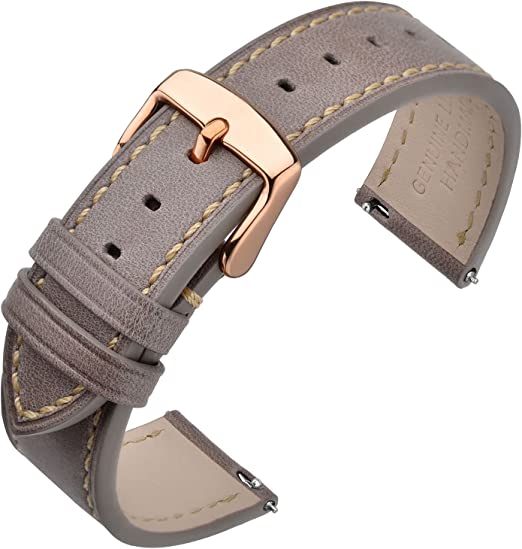
The pin buckle is a reliable type because of the use of pins that can rarely unclasp. The length is simply adjustable by pushing the pin through the empty holes until it fits. It can be used on leather straps and is suitable for a person seeking a comfortable yet secure clasp. No wonder it works perfectly for sportspersons.
2. Folding Clasp
A folding clasp or buckle also dates back in history, as early as pin buckles. Its first version was designed by Louis Cartier and Edmond Jaeger in 1909. It can work on any strap material, including stainless steel, ceramic, and metal, among others
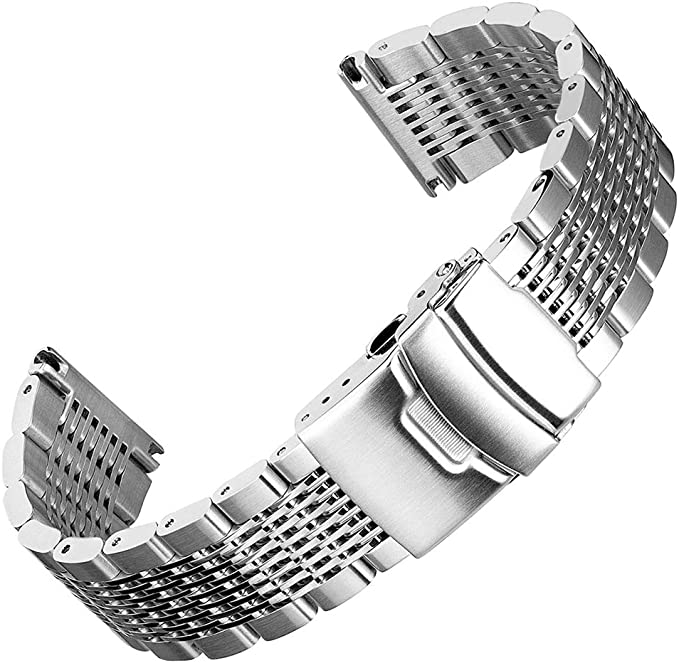
The folding clasp consists of two hinges with three parts that close over each other. Various mechanics prevent the parts from becoming accidentally loose, including the use of release buttons. This buckle can withstand pressure and is suitable for persons looking for simplicity and elegance.
3. Deployant Clasp
Deployant clasp also dates to the early 20th century. Cartier and his grandson Francois invented this type when they invented the folding clasp. The deployment clasp can work on several materials but is best known for leather straps. The strap contains holes where the pin on one end of the clasp is pushed.
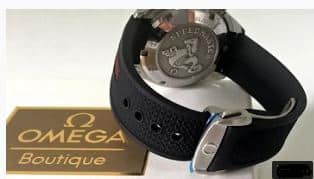
Like the folding clasp, the deployant works by folding parts over each other and applying some pressure to lock. However, one end of a deployant clasp has a pin used to adjust the length of the strap. The Deployant provides elegance while keeping the wristwatch secured using the pin. The clasp is suitable for a person looking for style while assuring safety.
4. Safety Deployment Clasp
Like the deployment clasp, this type contains a folding buckle with a pin to secure the strap. However, the safety deployment clasp has an additional flap that covers the buckle with the pin. The double-layer protection provides a more secure buckle, especially while engaging in activities where it can be unexpectedly pulled off.
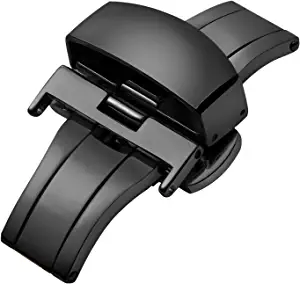
To use the flap, the pins must be properly fitted on the holes on the strap, followed by clasping. Afterward, use the safety flap to cover the clasp part and confirm the strap end safely fits through the keepers. This type of clasp is suitable for a person looking for extra protection.
5. Butterfly Clasp
A butterfly clasp is one of the simple buckles used in various modern wristwatches. They work on most steel and metal materials to provide a stylish clasp that is easy to open. Most of them come with a release or push button, usually at the center of the lock.
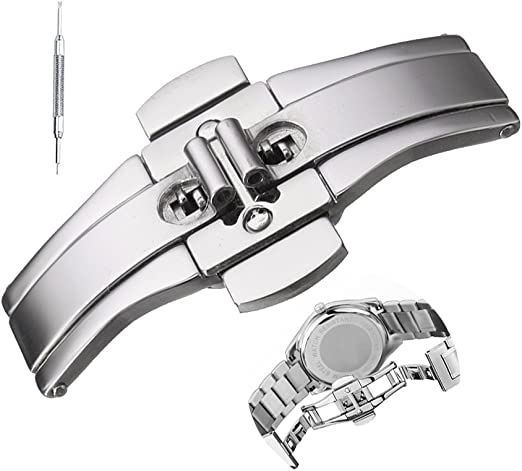
The butterfly clasp works by extending the shorter pieces from the long middle part when unclasping. It’s also called a hidden clasp because while buckling, the clasp part remains under the strap hidden. The butterfly clasp is elegant and suitable for people with high-end wristwatches since the hidden clasp provides better protection.
6. Sliding Buckle Clasp
When you’re looking for flexibility and adjustability, the sliding buckle is a suitable clasp. This type works well with stainless steel mesh bracelet strap since it can move along its lengths. The clasp allows people within sizes to adjust to their desired lengths by manipulating the closure part.
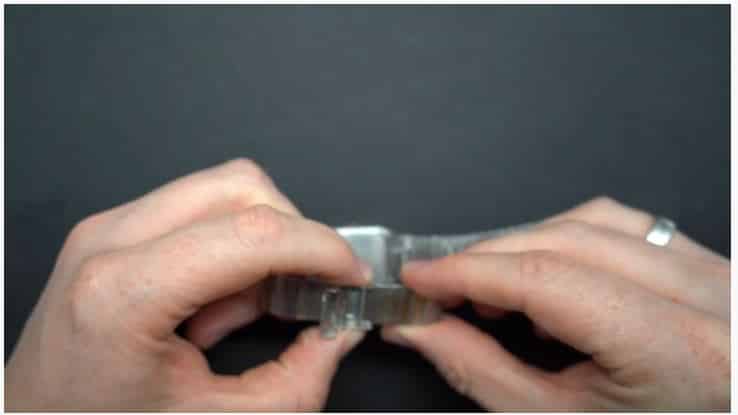
The sliding buckle works by hooking the notch on the fold-over clasp to the bars on the closure. The sliding buckle clasp is suitable for anybody finding it hard to choose a fashionable and fitting buckle. It is also suitable for a person searching for a comfortable clasp since it’s used on flexible straps like silicone.
7. Diver Clasp
Among the popular and heavy-duty clasps is the diver clasp. It is mostly used by divers, as it can easily be adjusted using a ratcheting mechanism to fit their diving gear. Most come with a double push-button release used while unclasping.
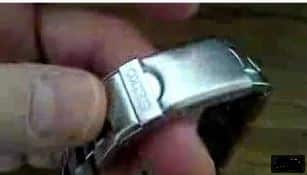
To adjust the diver clasp, press the buttons on the lower sides of the buckle and extend it. Release the buttons to lock at the new desired length, where it will remain until you press the button again. This type is suitable for a person seeking an easily adjustable clasp, especially if diving or hiking in different temperature conditions.
8. Glidelock Clasp
Since 2008 when the Rolex Deepsea dweller was first manufactured, it came with the glidelock clasp. While the watch was meant to be precise and reliable underwater, the glidelock clasp simplified strap length control. Wearers can adjust the lengths by two millimeters and up to 20 millimeters without band adjustment tools.
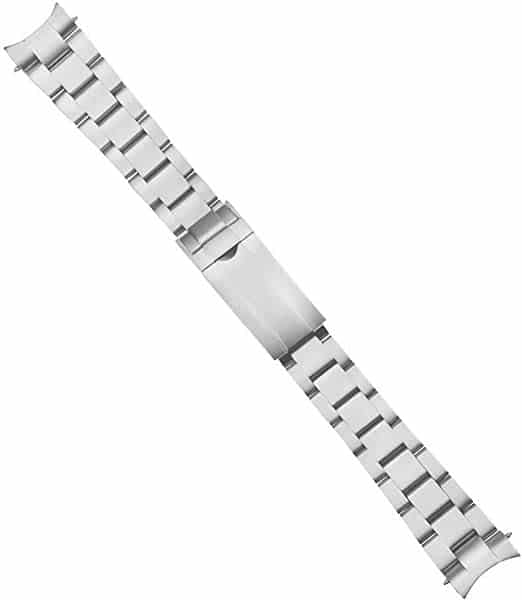
To adjust the glidelock, lift the center part of the clasp to unlock the inner part with the grooves. Adjust the movable side of the strap to your fit and press the center part to lock. The glidelock was aimed at deep-sea divers, but it’s also suitable for anyone seeking an easily adjustable clasp.
9. Jewelry Clasp
Despite coming in various shapes and designs, jewelry clasp is one of the uncomplicated types of clasps compared to others. It involves one end of the strap looping through the other and then snapping into position. While there are several types of jewelry clasps, the earliest form known was in the late 18th century.
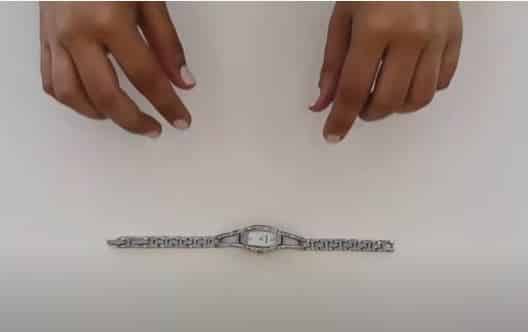
One end of the jewelry strap contains a gap through which the other end loops. The looping end has a hook on its edge, which is pushed into place after looping. The jewelry clasp is elegant and suitable for fashion wearers since it comes in various colors and materials. Check out the watch strap color guide here if you find it challenging to choose your watch strap color.
10. Velcro
The Velcro straps are mostly related to NASA and the Speedmaster moon watch, the first watch in space in 1962. The clasp is not used to hold two parts together in the case of Velcro. The strap contains a rougher and softer side, which sticks when they come together.
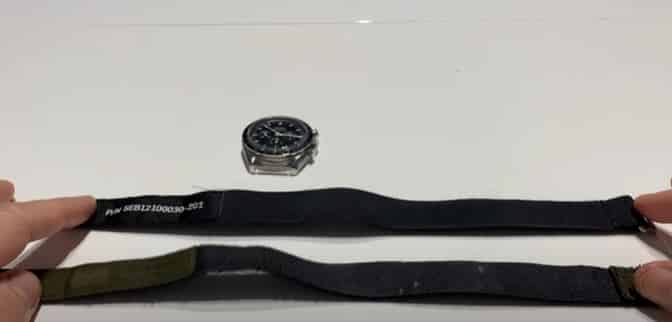
A clasp holds the strap as it’s connected to the wristwatch. The position of the clasp changes as the wearer adjusts its length by increasing or decreasing it. The clasp and strap are suitable for people wondering how to measure wrist for watch as it is flexible, suiting any hand.
11. Serpenti
The design of the Bvlgari Serpenti was built in the 1940s by Sotrio Georgis. These types of pieces don’t require clasps as the straps twist around the wrist and secure themselves. They resemble how a snake rolls itself around a tree branch, thus the name serpenti.
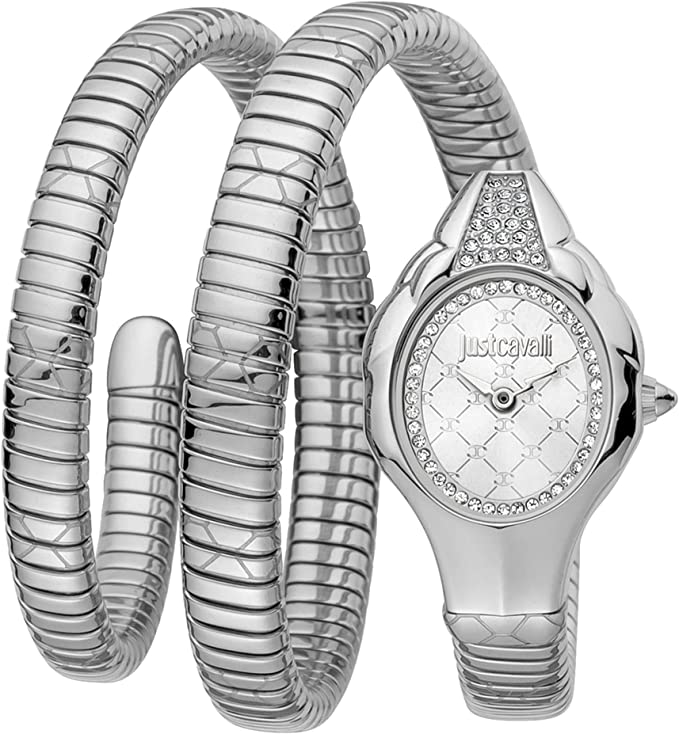
12. Tang Buckle
Without a doubt, this is one of the most commonly used watch clasps. The most interesting thing about it is that it’s available in various types. If you don’t like leather, you can opt for its textile or silicone counterparts. It also has a pin that keeps it clasped onto your wrist.
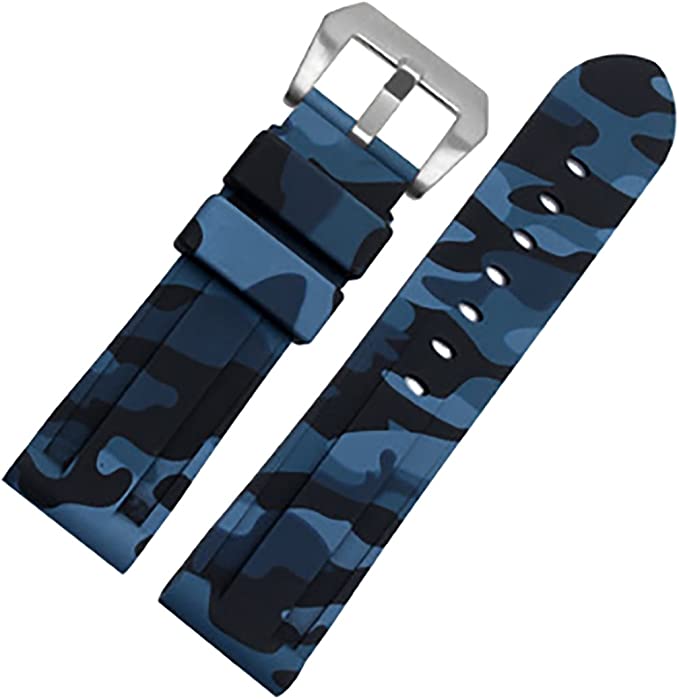
These clasps have numerous perforations and a pin to accommodate everyone’s hand. The wearer hooks the pin where it fits. You don’t have to resize your watch just because you grow bigger or smaller.
If you choose leather or textile clasps, it will come with a stainless steel pin. As for the buckle, the material could be plastic or metallic.
13. Toggles Clasp
These are not your ordinary clasps, and you rarely find them in watches. Instead, you are likely to find them chains or bracelets. If you’re lucky to find one, you will enjoy the firm grasp the clasps offer, thanks to the ring attached to its end.
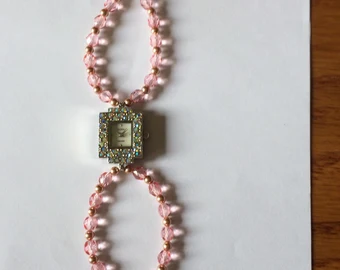
These beautiful ornaments are also easy to attach and detach, making them a perfect choice for most jewelers. Again, they are available in different designs and sizes. This allows you to buy something unique, and you will not incur extra costs to resize. They are useful for people of all sizes, not forgetting that they meet many peoples’ tastes and preferences.
14. Flip Clasp
These clasps have one joint that opens opposing the armlet. Coming in stainless steel, these clasps are highly resistant to chipping and fading. The only deterrence is that you cannot use them with metal watch straps. They only blend in with silicone and artificial bands.
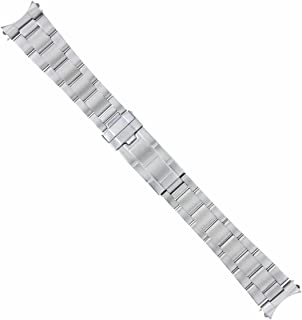
Depending on the design you choose, some flip clasps have a button that you push when you want to open or close the band. These knobs provide extra safety to most wearers. Also, they look more like the safety clasps, only that these flip ones have a spring shaft connecting to the strap. Although they are attractive and highly durable, you need a professional to show you how to adjust them.
Why Clasps Are Important in a Watch?
Despite being among the least considered qualities during shopping, clasps play a major role in the wristwatch’s survival. They don’t only hold the watch on the arm but also secure it from unexpected falls. The following are various reasons why a clasp is valuable.
- Adjustments: They contain the mechanisms through which the micro-adjustments happen. As it is, most straps are not expandable, which makes adjustment quite hard. You would require other tools to adjust the watch, which can be hectic and time-consuming.
- Beauty: Clasps improve the wristwatch’s elegance by enhancing its beauty and style. Since they can be made from any material, the clasp can match the strap’s make to look fashionable.
- Security: Some types provide better protection, especially if its user is working in a condition where it can snap. Also, the buckle types with hidden clasps eliminate the chances of theft by snatches.
- Simplicity: Some clasps allow the user to remove and wear the wristwatch easily. The use of release buttons and the stretching parts makes these processes smooth.
- Comfort: Some clasps blend well with the straps allowing the wearer to remain comfortable all day long. The materials used are adjustable to suit their need and ensure comfort
Final Thoughts
While planning to shop for a new watch, it’s best to consider all the features, including the clasps. Despite them looking irrelevant, they determine your wristwatch’s future by clasping it tightly around your arm. Also, they make fewer adjustments easier by simply adjusting them instead of the strap.
Despite having over ten different types, each has a quality that makes it better and unique than others. However, consider all the characteristics to select the perfect one that matches your expectations. Remember, no matter how much your timepiece is worth, without a suitable clasp, it’ll be like making a risky investment.
Pingback: What Are the Different Types of Watch Dials? All You Need to Know
Pingback: How Does A Quartz Watch Work? Things To Know Before Buying!
Pingback: Leather or Metal Watch Band: Which One Should You Choose? - Watch Revealer
Pingback: Different Types of Watch Indices You Should Check Out |